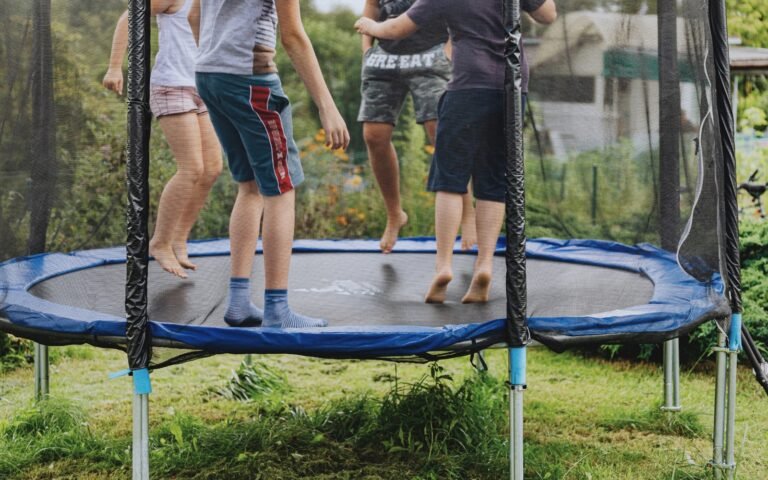Baby Walker Exercises: Fun and Engaging Activities for Your Baby’s Development 2025
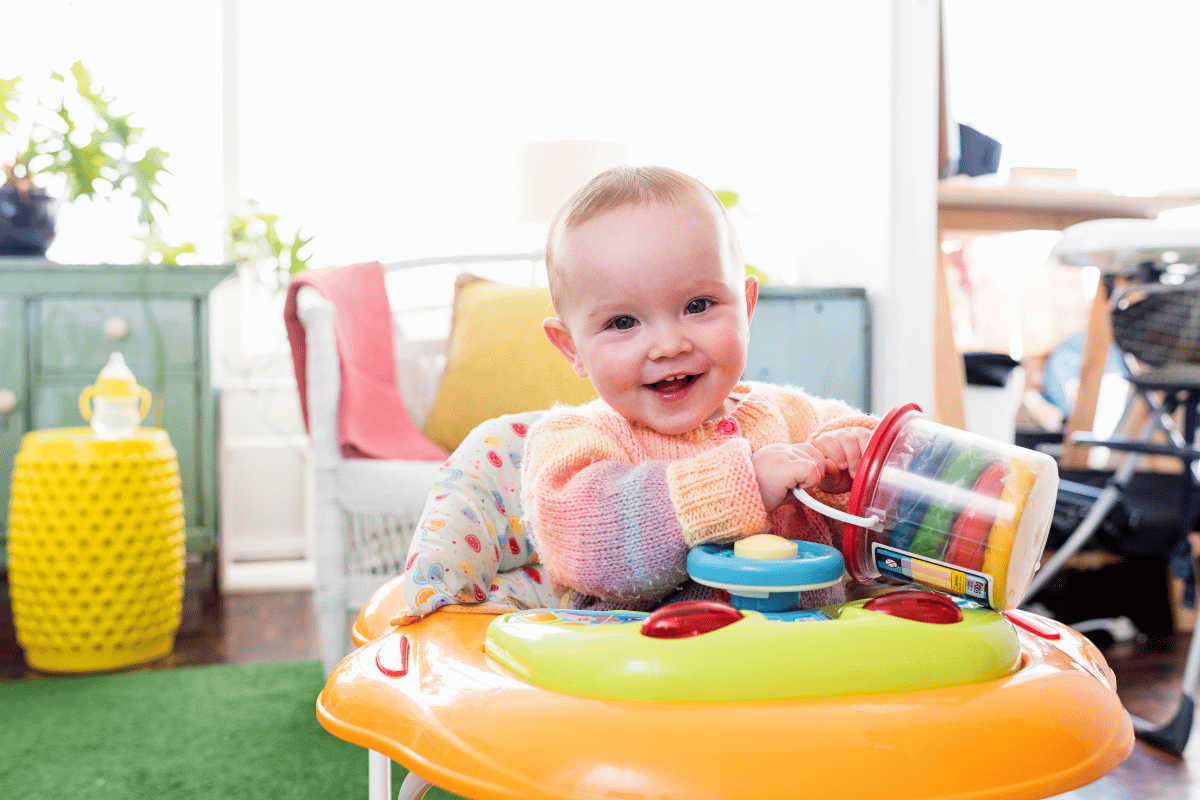
Are you wondering how to support your baby’s development with fun exercises?
Baby walker exercises are the answer. You are in the right place.
These exercises are designed to strengthen legs and knees, enhance trunk control, and make sitting and the journey from sitting to walking enjoyable.
We will explore how these baby walker exercises can help children develop. Let’s see children make those first steps memorable with engaging and beneficial baby walker exercises.
Key Takeaway – Baby Walker Exercises
- Baby walkers can strengthen leg muscles through exercises like cruising, building strength needed for walking.
- Activities like rolling a ball aid trunk control, core strength, and hip stability for posture and balance.
- Pushing the walker builds upper body strength. Stepping grows leg endurance. Exercises develop motor skills.
Encouraging First Steps
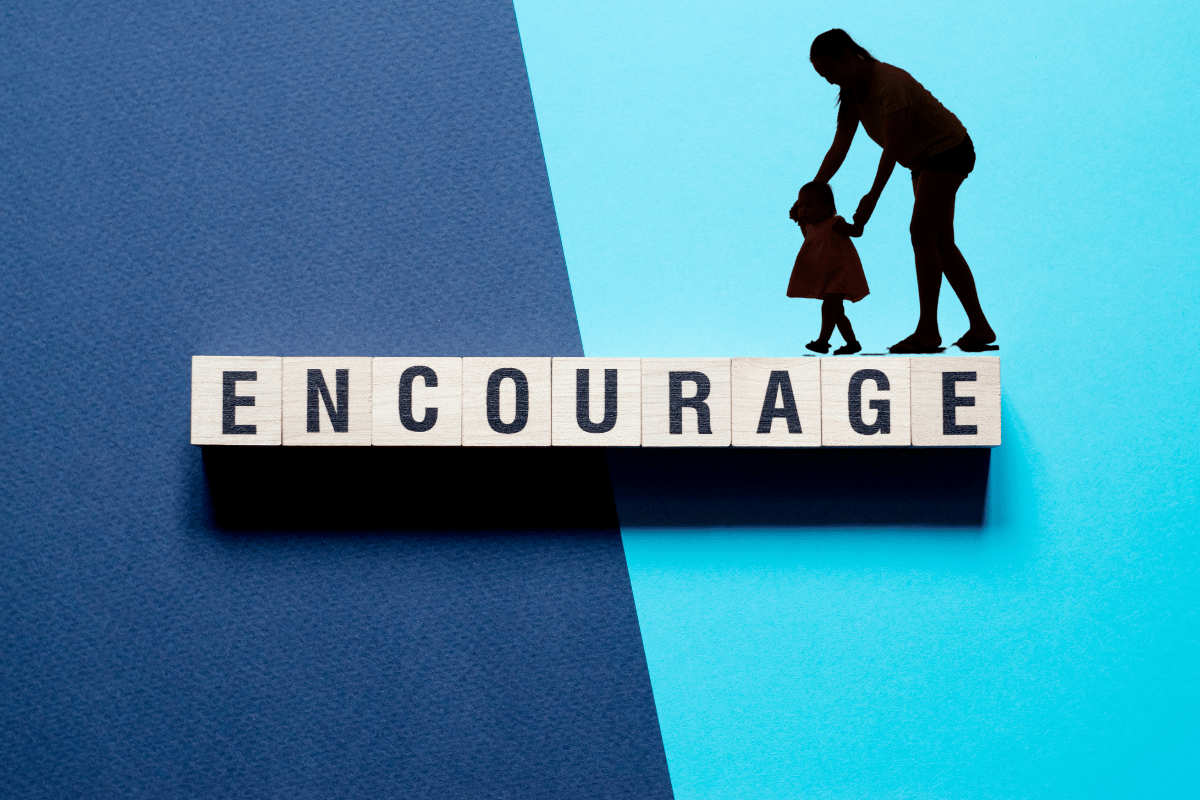
Strengthening Leg Muscles with Baby Walkers
Baby walkers can help strengthen the leg muscles needed for walking. Allow your baby to stand upright, holding onto the walker frame. This lets them put weight on their legs, building strength in the thighs, calves, and feet. If you’re unsure about selecting the right walker, Choose a Baby Walker to ensure safety and suitability for your little one’s development.
Promoting Hip Health and Cruising Techniques
It’s important to monitor your baby’s hips during this stage. Consistent use of a walker should not affect the development of the baby’s hips, but it’s always wise to seek professional medical advice if you have concerns. For added safety tips, check out Baby Walker Safety Tips to ensure your child uses the walker appropriately and securely
Have your baby take small steps around the room while they stay upright, keeping their hands on the walker for support. This exercise, called “cruising,” lets them practice the stepping motions needed for walking while staying stable.
Enhancing Coordination with Playful Activities
Please encourage your child to roll a ball forward with their feet while cruising gently. This helps develop lower body dissociation – the ability to use their legs independently from their trunk.
Place favorite toys or objects within reach on the ground or front tray of the walker. Reaching forward to grasp toys works on your baby’s balance and coordination.
As your child reaches for these items, they might naturally squat and return to standing, which is excellent for developing leg muscles. Consider placing toys on a baby-sized stool or low table to encourage this movement.
Celebrating Walking Milestones and Beyond
Celebrate this major milestone when your baby takes their first steps without support! Seeing their child walk is a moment of joy and pride for many parents. Remember that most babies will take their first few steps around their first birthday, but this can vary. For more guidance, explore our list of Best Baby Walkers to find one that supports your baby’s needs as they progress toward independent walking.
If you have concerns about your child’s walking progress, consulting a physical therapist specializing in pediatric development can be beneficial.
As your child becomes more confident, please encourage them to spend time crawling and pulling themselves up to stand using stable furniture like a couch. This helps further develop their leg muscles and balance.
While shoes may seem like a good idea for a walking child, most babies, and kids learn best when they feel the ground with their bare feet. Shoes can be introduced gradually, especially when they start walking outdoors.
Trunk and Core Exercises
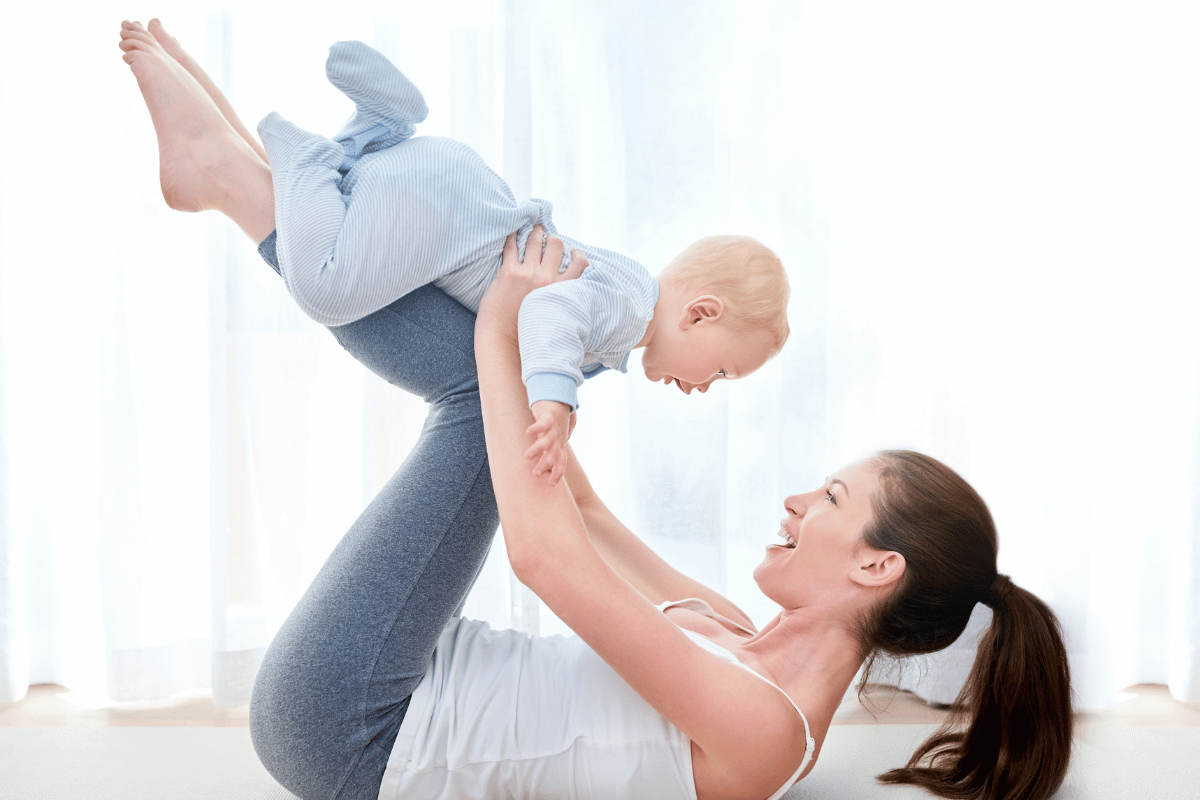
Good trunk control and core strength will help your baby maintain an upright posture when using the walker. Encourage your baby to actively use their stomach and back muscles to stand tall instead of slouching over.
For example, make a game of gently rolling a small ball back and forth on the walker tray, which makes your baby twist their trunk from side to side while engaging their core muscles. You can also have your baby practice standing while holding onto the walker with one hand for stability.
Hold a toy or object to their side so they have to resist leaning their lower body back and work on balancing upright. Simple and fun activities like these help strengthen your baby’s trunk and core muscles.
If you have concerns about your baby’s trunk development, consult your pediatrician or a pediatric physical therapist for appropriate exercises. The baby walker gives great upright support as your child improves coordination and gains core strength.
Leg and Foot Strengthening
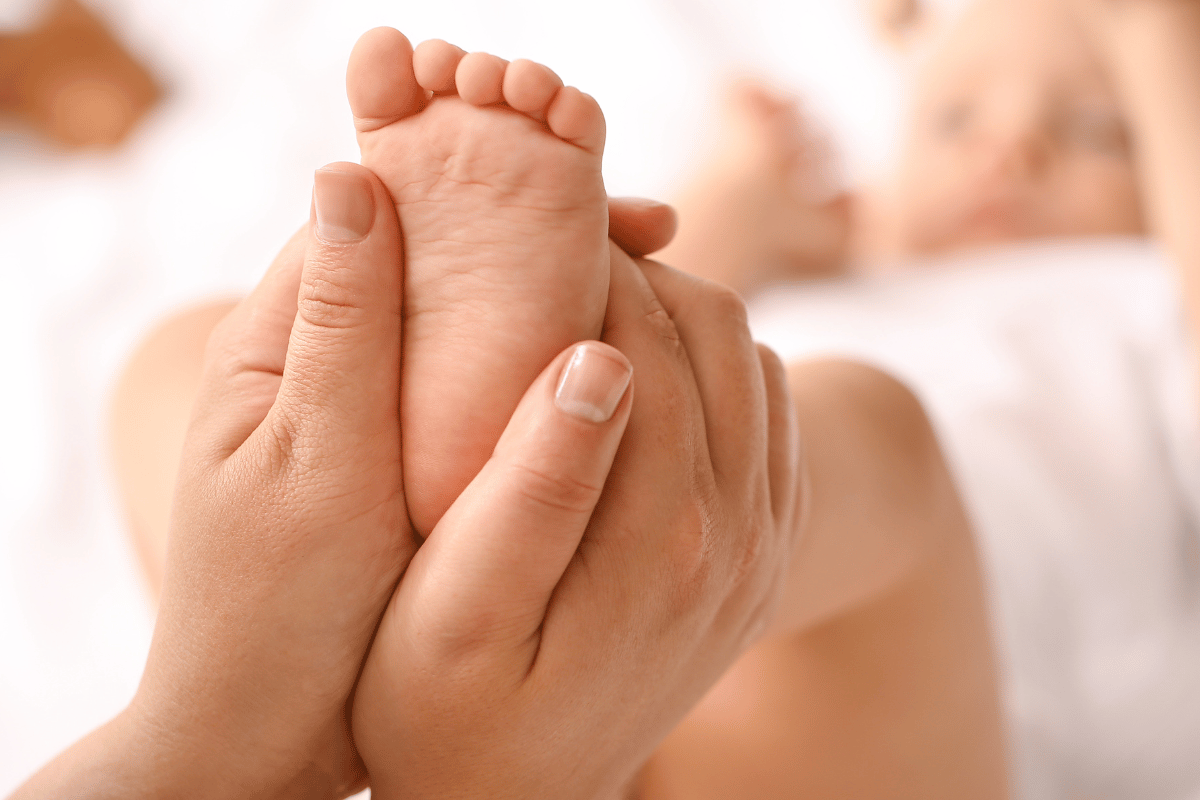
Having your baby stand upright behind the baby walker helps them bear weight on their legs and feet. This builds strength in the thighs, calves, ankles, and feet. Encourage your baby to grasp the walker and push it forward and backward.
This movement engages the lower body and leg muscles. Take cruising adventures together where your baby takes small steps while holding onto the toy or walker frame. This develops leg muscle endurance and coordination over time.
Also, have your baby practice standing on just one leg, putting all their weight on that foot. Then, switch to the other foot. This helps improve balance. You can also place toys or objects on the floor, so your baby has to put one foot slightly forward to pick them up. This works on stepping motions and weight shifting.
Upper Body Exercises
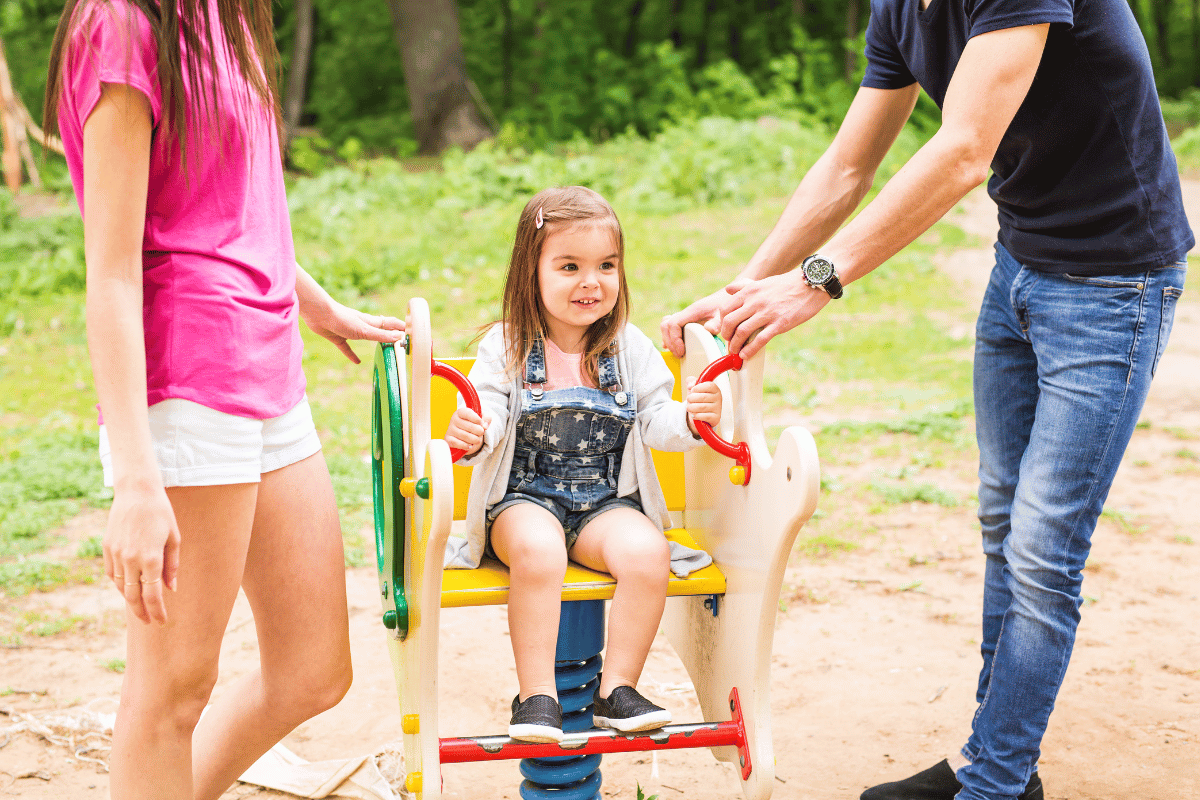
The baby walker is also great for building upper body and arm strength. Place toys or objects on the front tray or tape pictures and photos within your baby’s reach. Encourage your baby to sit or stand holding the walker and reach their arms out to grasp the items.
This develops hand-eye coordination. Holding onto the walker frame helps build muscles in your baby’s hands, arms, and shoulders as they bear weight. Let your baby have fun pushing the walker around an open room or down a hallway if space allows.
Pushing and controlling the full weight of the walker across the floor is great for developing your baby’s upper body and trunk muscles. Celebrate your baby walk who’s growing arm and hand strength!
Hip and Leg Dissociation
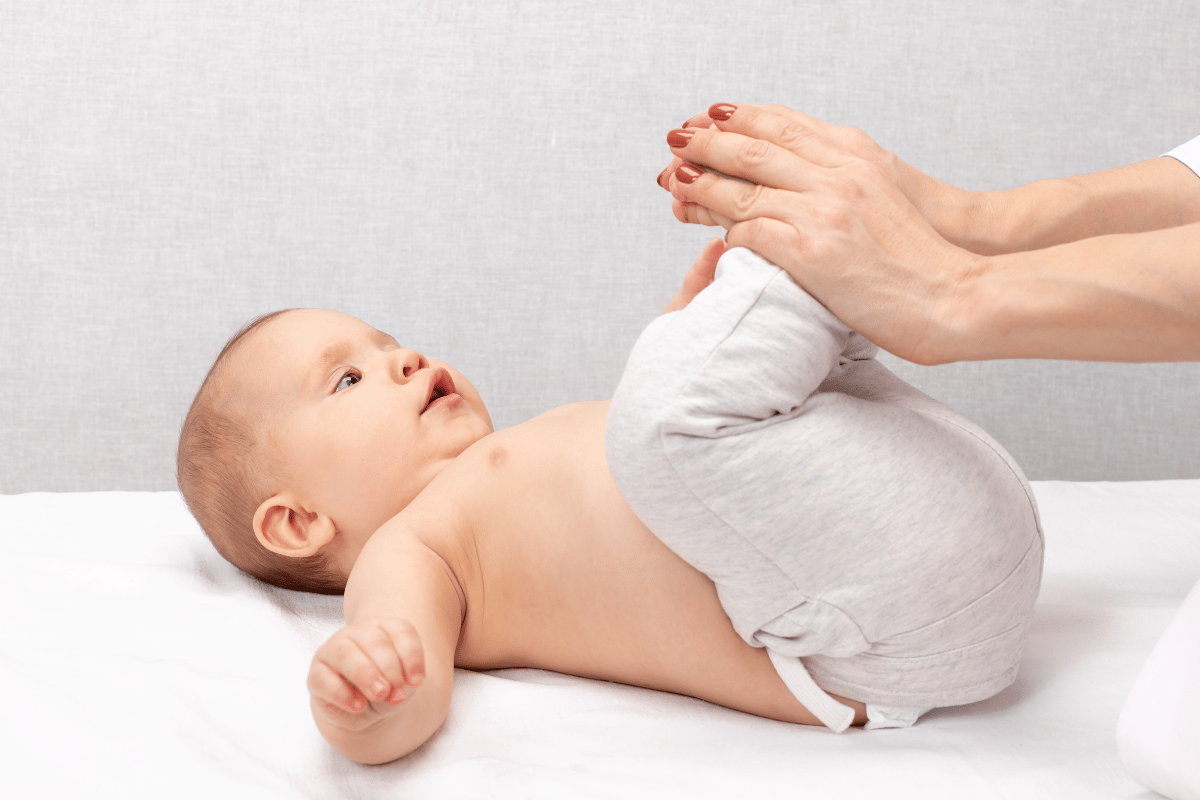
An important skill for babies learning to walk is developing the ability to keep the hips stable while being able to move each leg separately. The baby walker supports your baby in practicing this dissociation of the hips and legs safely.
Have your baby take small steps forward while holding onto the walker. Please encourage them to keep their balance and their hips straight and still while slowly moving one leg forward and then the other. You can make a game of gently rolling a ball back and forth along the tray of the walker.
Reaching to move the ball side to side requires your baby to shift their weight from leg to leg while maintaining steady hips. Activities like this help babies improve and develop the coordination and control of the hips and legs needed for controlled walking.
Summary
Baby walkers can be used for more than mobility, such as to have children practice walking. They provide great opportunities to safely build leg, hip, core, and upper body strength and a child’s motor development through engaging exercises and activities.
This article reviewed how to encourage first steps, improve trunk control and balance, strengthen the lower and upper body, and develop hip stability and leg coordination. With time and encouragement, these walker exercises will help your baby gain the skills and confidence to walk independently.
Supervise use and check with a pediatrician or physical therapist for any concerns about your child’s development. The walker is useful, but your support and interaction are key to helping your baby master these milestones.
Frequently Asked Questions
Do Baby Walkers Help Development?
Yes, baby walkers contribute to overall development by strengthening leg muscles and promoting balance.
How Do Walkers Help Babies Walk?
- Provide support for standing and cruising.
- Encourage reaching and stepping with toys.
- Aid in taking initial steps while maintaining stability
What Exercises Help Babies Walk?
- Upright trunk exercises
- Balance-improving activities
- Gentle core development exercises
What Are Examples of Physical Activities for Infants?
- Reaching for toys on the tray
- Cruising with walker support
- Standing and practicing weight-bearing
- Gentle rolling of balls to encourage stepping
What Is Physical Activity for Babies Under 1?
- Engaging in supervised tummy time
- Encouraging reaching and grabbing
- Gentle leg movements and stretches
- Interactive play to stimulate motor skills





